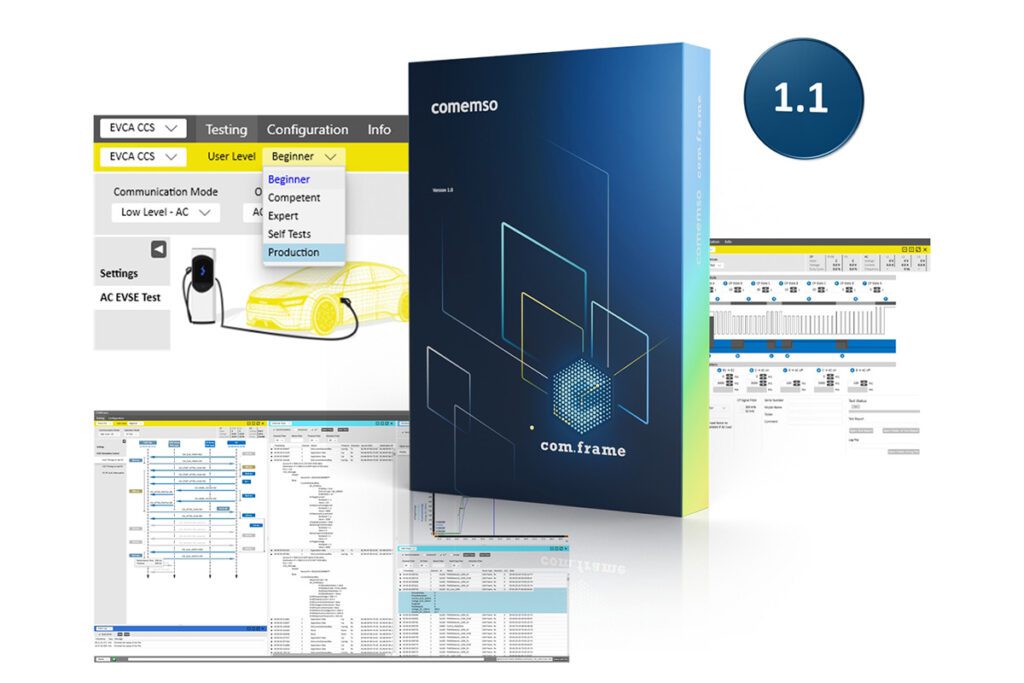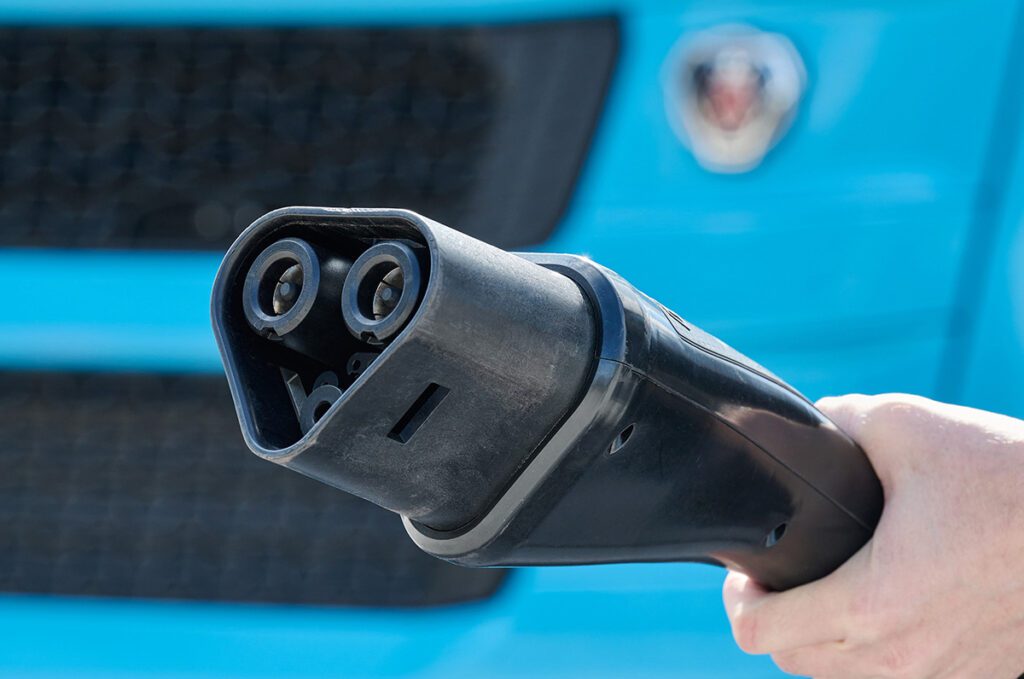Solid Power, a producer of all-solid-state EV batteries, has unveiled details of its all-solid-state platform technology and the three battery designs it enables. The company also announced the transition of its high-content silicon all-solid-state battery to its Colorado-based production line.
Solid Power’s proprietary sulfide solid electrolyte powers the all-solid-state platform, which can enable both high-content silicon and lithium metal in the anode, paired with industry-standard and commercially mature cathodes, including lithium nickel manganese cobalt oxides (NMC). The platform can also use low-cost and high-specific-energy conversion-type cathodes that are not suitable in lithium-ion or other liquid-based cell architectures. Combined with a lithium metal anode, the conversion type cathodes could remove cobalt and nickel from the cathode entirely, and could decrease cathode active materials costs by 90 percent.
Solid Power has been developing a high-content silicon anode cell product since 2017, and has produced all-solid-state cells up to 2 Ah using industry-standard lithium-ion equipment and processes. The company intends to begin production of a 20 Ah high-content silicon anode cell by the end of 2021, and a100 Ah version is expected to follow in 2022.
“Solid Power’s core technology innovation can enable all-solid-state battery products expected to meet performance requirements from multiple automotive manufacturers, including partners Ford and BMW,” said CEO Doug Campbell.
Solid Power intends to commercialize its high-content silicon anode product by 2026, touting its high charge rates, low-temperature operations and the material’s supply chain maturity. A lithium metal NMC product will follow.
“Silicon has been an area of development for Solid Power for several years and is expected to be the first anode variant to be integrated into EVs,” said CTO Josh Buettner-Garrett. “Rather than using carbon in the anode with silicon as an additive, Solid Power is able to use compositions with more than half silicon by weight, including the weight of the solid electrolyte. This enables volumetric energy densities on par with lithium metal, along with specific energy that far exceeds that of conventional lithium-ion.”
Source: Solid Power


















































































